Table of Contents
In an ever-evolving tax landscape, where rules and regulations shift frequently, relying on a one-size-fits-all tax approach is not only inefficient but also potentially costly. Personalized tax strategies—tailored to align with your individual or business goals—offer a roadmap to maximize savings, leverage available deductions, and keep more of what you earn. This article explores the importance of customized tax planning and how it can transform your financial outcomes.
The Case for Personalization in Tax Strategies
Every taxpayer’s financial situation is unique. Your income sources, expenses, investments, and long-term goals significantly influence the taxes you owe and the deductions you’re eligible for. Personalized tax strategies factor in these variables to:
- Optimize Deductions: Identify industry-specific deductions and credits that generic tax advice often overlooks.
- Minimize Tax Liability: Employ creative and legal methods to reduce taxable income.
- Align with Goals: Ensure tax planning supports broader objectives, such as retirement savings, business expansion, or wealth transfer.
The IRS code includes over 70,000 pages of rules. While this complexity might seem daunting, it offers myriad opportunities to reduce your tax burden when leveraged strategically.
Key Components of a Personalized Tax Strategy
1. Industry-Specific Deductions
Many taxpayers miss out on deductions specific to their industry. For instance:
- Construction Companies: May claim deductions for uniforms, tools, and home office space.
- Medical Practices: Can deduct continuing education costs, malpractice insurance, and specialized equipment.
- Freelancers and Gig Workers: Eligible for home office deductions, mileage expenses, and technology costs such as laptops and software subscriptions.
By working with a tax professional familiar with your industry, you can uncover deductions that are not obvious but highly impactful.
2. Entity Structuring
Choosing the right business structure—LLC, S-Corp, C-Corp, or Partnership—can have profound tax implications. Each entity type offers distinct advantages:
- LLCs: Provide flexibility, allowing you to choose how your income is taxed (e.g., as a sole proprietorship or S-Corp).
- S-Corps: Allow business owners to split income between salary and distributions, reducing self-employment taxes.
- C-Corps: Offer potential benefits for reinvested earnings but are subject to double taxation.
An annual review of your entity type ensures that your structure adapts to changes in tax laws and your financial situation.
3. Retirement Contributions
Contributing to tax-advantaged retirement accounts is a cornerstone of effective tax planning. Consider options such as:
- 401(k) Plans: Employer-sponsored plans that reduce taxable income.
- SEP-IRAs: Designed for small business owners and self-employed individuals.
- Defined Benefit Plans: Offer high contribution limits for those with significant income.
For high earners, combining contributions to a Solo 401(k) and a backdoor Roth IRA can significantly increase retirement savings while reducing taxable income.
4. Leveraging Tax Credits
Tax credits directly reduce the amount of tax owed, making them more valuable than deductions. Examples include:
- Research and Development (R&D) Tax Credit: Available to businesses investing in innovation.
- Earned Income Tax Credit (EITC): Supports low-to-moderate-income workers.
- Energy-Efficient Property Credit: Rewards investments in renewable energy.
Knowing which credits apply to you or your business can unlock significant savings.
5. Timing Income and Expenses
Strategic timing of income and expenses can influence tax liability:
- Deferring Income: Push income into the following tax year to reduce current liability.
- Accelerating Expenses: Prepay certain expenses to increase deductions in the current year.
This approach is particularly useful for businesses with fluctuating income levels.
6. State and Local Tax (SALT) Planning
The SALT deduction cap of $10,000 under the Tax Cuts and Jobs Act has made state and local tax planning essential. Personalized strategies can:
- Identify states with favorable tax rates for relocation or business expansion.
- Explore entity-level tax election options in states offering pass-through entity tax relief.
Benefits of Personalized Tax Strategies
1. Enhanced Financial Clarity
Tailored tax planning provides a clear understanding of how taxes impact your financial goals. It allows you to:
- Budget effectively for tax payments.
- Forecast tax savings from various strategies.
- Make informed decisions about investments and expenditures.
2. Increased Cash Flow
By reducing tax liability, personalized strategies free up cash for reinvestment in your business or other financial priorities.
3. Risk Mitigation
Custom strategies minimize the risk of audits by ensuring compliance with IRS guidelines. They also provide a proactive framework for adapting to changes in tax laws.
According to the IRS, small businesses are audited more frequently than individuals. A customized tax strategy helps document your eligibility for deductions, reducing the likelihood of disputes.
Common Misconceptions About Tax Strategies
1. “Tax Planning Is Only for the Wealthy”
While high-net-worth individuals benefit significantly, personalized tax strategies are equally valuable for middle-income earners, small business owners, and startups. Strategies like maximizing retirement contributions or claiming home office deductions apply across income levels.
2. “Tax Planning Is Only for Tax Season”
Effective tax planning is a year-round activity. For example:
- Adjusting quarterly estimated tax payments prevents underpayment penalties.
- Mid-year reviews allow you to implement strategies before it’s too late.
Getting Started With Personalized Tax Planning
Step 1: Engage a Qualified Tax Professional
A CPA or tax advisor with expertise in your industry is essential for uncovering nuanced opportunities. They bring:
- Knowledge of industry-specific deductions and credits.
- Tools to model potential outcomes of various strategies.
- Insights into compliance and audit risk reduction.
Step 2: Document Your Financial Activities
Maintaining accurate records is the foundation of effective tax planning. Use accounting software or hire bookkeeping services to:
- Track income and expenses.
- Categorize expenditures for deduction purposes.
- Monitor cash flow trends.
Step 3: Review and Adjust Annually
As your financial situation evolves, your tax strategy should too. Regular reviews ensure your approach remains aligned with your goals and compliant with new regulations.
Conclusion
Personalized tax strategies are a powerful tool for maximizing savings, achieving financial goals, and navigating the complexities of the tax code. By tailoring your approach to your unique circumstances, you can uncover deductions, leverage credits, and make informed decisions that keep more money in your pocket.


